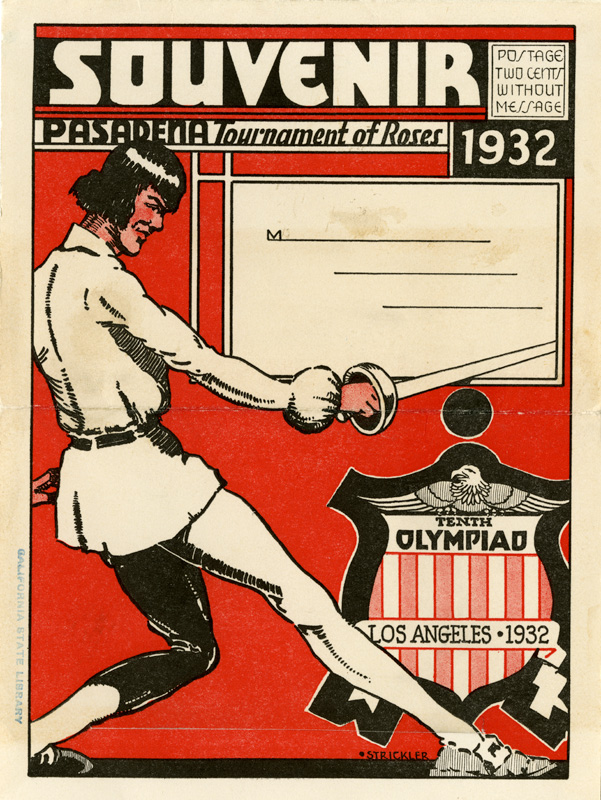In 1890, the Pasadena Valley Hunt Club draws 2,000 locals for an event it sponsors to promote the city’s unique charms and climate modeled after the flower festivals held in other cities around the world.
Today, the Tournament of Roses Parade is attended by 700,000 people and is viewed by millions in more than 200 countries. The parade has been staged every New Year’s Day for 130 years — except when January 1 falls on a Sunday.
The idea comes from Charles Frederick Holder, a marine biologist, early conservationist and recent transplant to Pasadena from the East Coast. Holder, who goes on to invent the sport of big-game fishing in 1898, notes that while other cities around the world must hold their flower festivals in the spring and summer growing seasons, Pasadena’s idyllic climate offers flowers in profusion in mid-winter. What better way to showcase the paradise that is Pasadena than hosting its own “Bataille des Fleurs,” like Nice’s flower festival first celebrated in February 1876. According to the Tournament of Roses Association, Holder tells a Valley Hunt Club meeting:
“In New York, people are buried in snow. Here our flowers are blooming and our oranges are about to bear. Let’s hold a festival to tell the world about our paradise.”
Pasadena’s first “Battle of Flowers” is held at present day Tournament Park, adjacent to Caltech, about eight miles north of downtown Los Angeles. Two thousand people attend. In his 1917 Pasadena, California, Historical and Personal: A Complete History, J.W. Wood describes the first parade:
“Private carriages, buggies and other conveyances were decorated handsomely with fresh-plucked flowers from the gardens of their owners or friends; and it was a cardinal principle, then as now, that no artificial flowers, shrubs or other imitations of nature should be used in the decorating. The display of splendidly bedecked equipages was a surprise and delight to all and awakened the public to great possibilities in the future. When another year had rolled around, there was eager and increasing interest shown.”
After the morning parade, there are foot races, polo matches, a game of tug-of-war, jousts and a “tourney of rings.” This “tourney” is an old Spanish game in which horsemen carrying a 12-foot lance try to spear three rings hung about 30 feet apart while riding at top speed.
The flowers and the tourney of rings prompt Holder to say, “Now we have the name we want – The Tournament of Roses.” In subsequent years, marching bands and ever-more elaborate floats join the parade, which is followed by everything from ostrich races and bronco-busting to a race between an elephant and a camel, which the elephant wins.
Winter storms in 1892 and a shortage of roses cause organizers to briefly flirt with a name change to “Orange Tournament.” Two years later, the first viewing stands are built. In 1895, the popularity of the parade and complexities in organizing it cause the Hunt Club to spearhead creation of a new entity to produce the annual festival. The Tournament of Roses Association is formed and raises $595 to underwrite the 1896 parade. The first motorized vehicles are allowed in 1901 but forced to stay in the rear so as not to frighten horses. By 1920, there are only motorized floats.
Souvenir, Pasadena Tournament of Roses, 1932 The first Rose Queen, Hallie Woods, reigns over the 1905 parade. The first Rose Bowl is played in 1902 at what is now Caltech’s athletic field. Michigan wallops Stanford, 49-0. The lop-sided score and a “stampede” as 8,500 spectators discover there are only 1,000 seats leads organizers to banish football from the festival until 1916. Instead, expensive and dangerous chariot races cap the day through 1915.
